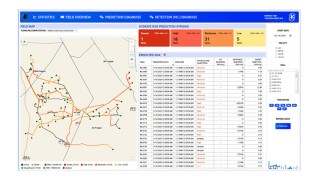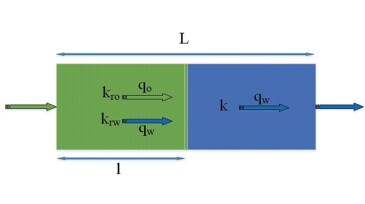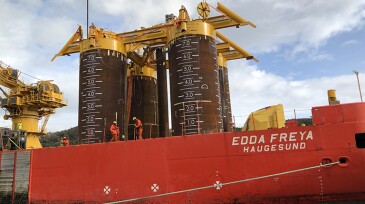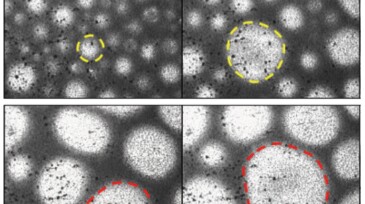Enhanced recovery
Entrepreneurial mindsets with the motivation to explore new materials, not limited to focusing on traditional hydrocarbon gas, CO2, and chemicals such as polymer and surfactant, are becoming more important for broadening prospects beyond the conventional EOR scene.
This paper discusses a comprehensive hybrid approach that combines machine learning with a physics-based risk-prediction model to detect and prevent the formation of hydrates in flowlines and separators.
The objective of this microfluidic investigation is to identify and test two novel applications for magnetic fluids in porous media for subsurface oilfield applications.
-
This paper discusses the field implementation of a downhole chemical methodology that has positively affected overall productivity for a mature Kuwait field.
-
The authors report that nanopolysilicon can be used effectively as a depressurizing, injection-increasing agent.
-
The authors develop and apply a laboratory protocol mimicking leakoff, shut-in, and flowback processes to evaluate the effects of fracturing-fluid additives on oil regained permeability.
-
The application of an extended-release scale-inhibitor in approximately 70 vertical conventional wells in the Permian Basin has shown approximately three times better performance compared to the incumbent chemical.
-
Finding creative ways to drive down the CAPEX and discounted OPEX and define a realistic pathway and schedule to full-scale commercial operations is discussed.
-
Operator will use polymerized water into reservoir to boost oil and gas recovery.
-
The paper evaluates the effect of different injection methods on oil recovery and CO2 storage potential in a depleted sandstone reservoir in the Norwegian Continental Shelf.
-
Our industry has been the custodian of subterranean reservoirs. We are the experts in managing and developing them. Why not use that expertise to find solutions for climate change by capturing and removing carbon and being part of the solution?
-
Case studies demonstrate how an autonomous outflow-control device prevents growth and excessive fluid injection into thief/fracture zones and maintains a balanced or prescribed injection distribution.
-
This paper presents recent results from a rigorous pilot-scale demonstration of natural-gas foam over a range of operating scenarios relevant to surface and bottomhole conditions with a variety of base-fluid mixtures.













